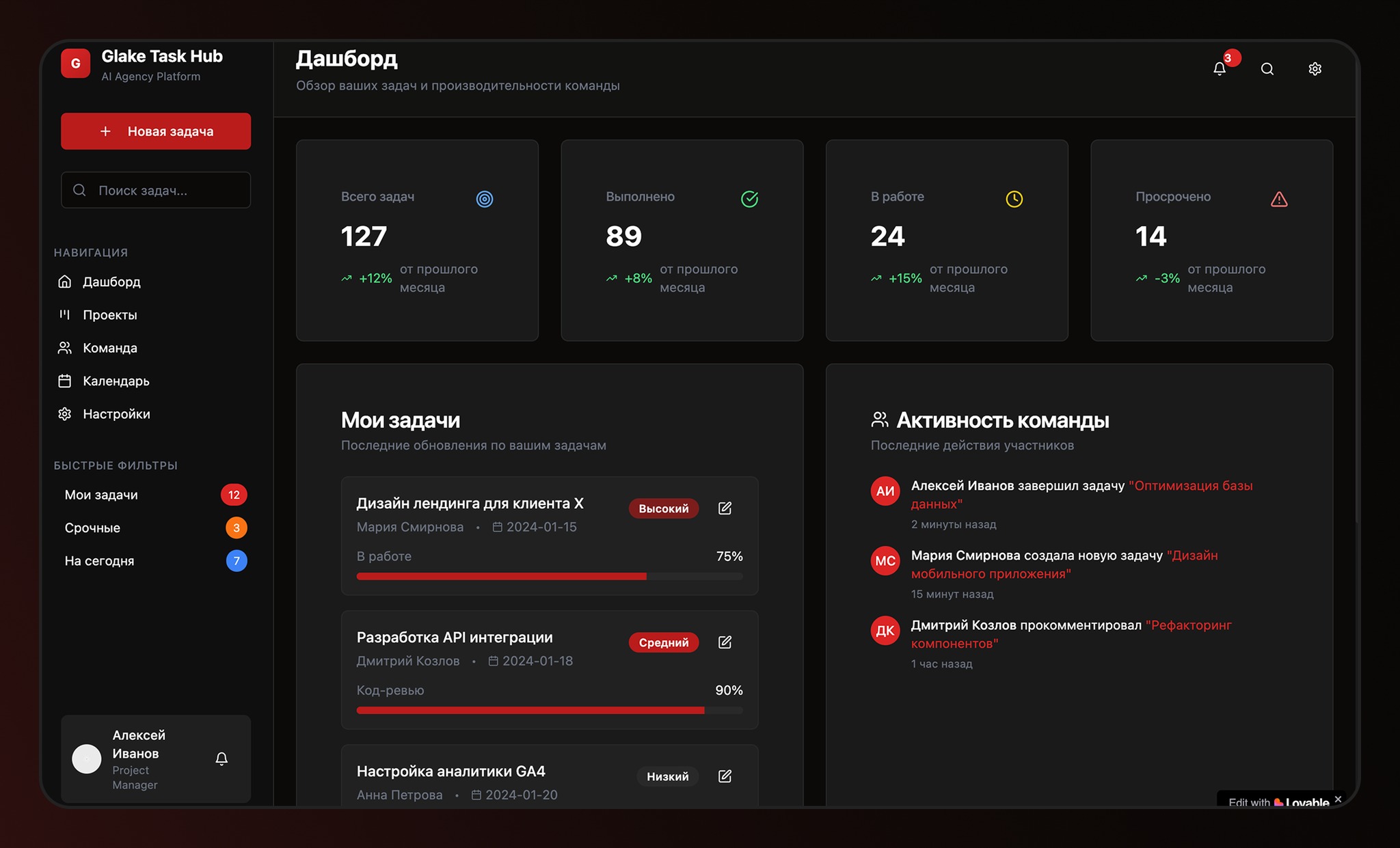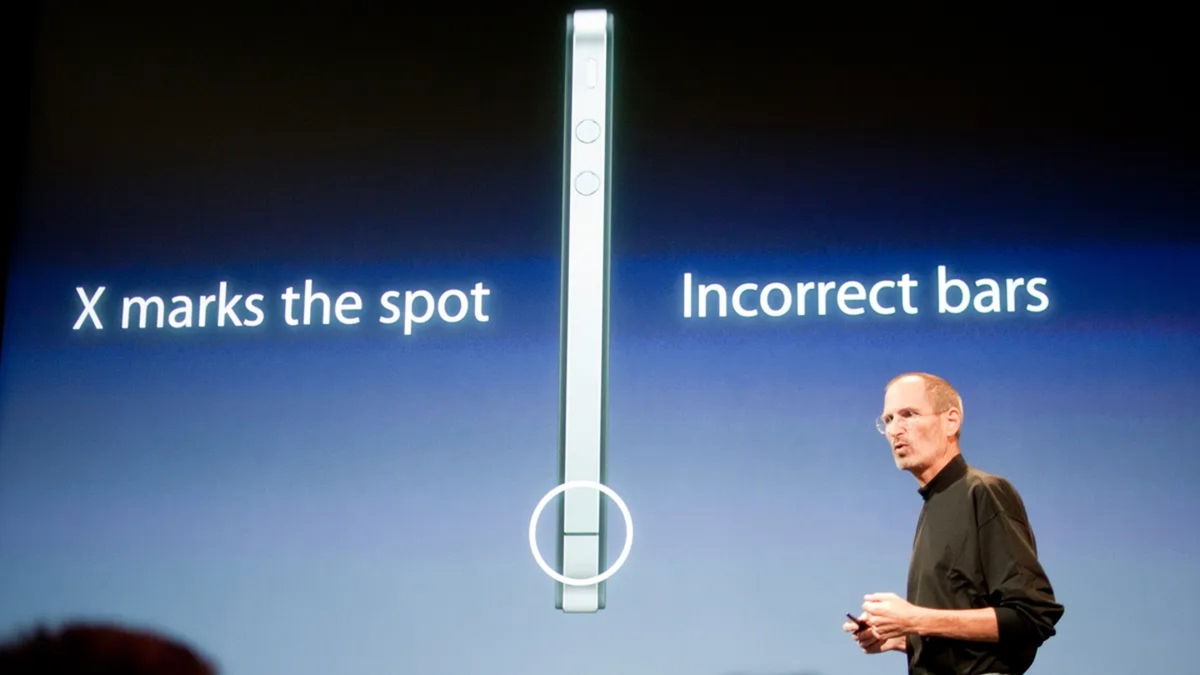On March 4, a mysterious rocket stuck in space collided with the Moon, fearing nothing for our satellite, except small crater. Although the moment of impact was predicted, it could not be fixed, since it occurred in the hidden face of the moon. It only remained to look for the crater a posteriori and use it to try to place the pieces to guess where this mysterious object came from. Finally, after several months of searching, they managed to find the crash site, discovering something surprising. What He left not one funnel, but two.
The corresponding image was taken by cameras Lunar Reconnaissance Orbiter and shows a rare phenomenon, but not impossible. As indicated from Universe todayAs a general rule, rocket or spaceship impacts usually do not leave a double crater. It is enough to see the traces left on the moon by any of the apollo missions. However, this can happen.
Specifically, you need either small angle of impact Good two very different masses at each end of the object discussed. We know for sure that the angle was not low, so we are left with the second option. And, in fact, this is a variant that makes the information about the origin of this mysterious object much clearer.
The mysterious rocket that hit the moon
Last January Bill GrayAn astronomer specializing in the detection of near-Earth objects (NEO) has announced the discovery of an object that came so close to the Moon that it ended up colliding with it.
Convinced that he was too small to pose a danger, he began his research, trying to find out where this mysterious drummer came from. His calculations led him to one of the Falcon 9 rocket stages that SpaceX used to launch NASA’s Deep Space Climate Observatory (DSCOVR) in 2015.
At first it was assumed that it could be a SpaceX rocket, but the calculations turned out to be erroneous.
This was his hypothesis until another astronomer, John Georgini, contacted him to warn him of an error in his calculations. Indeed, it could not be that the trajectory of this rocket was directed precisely at our satellite. Gray had to redo his requests until he found a new candidate. Chinese missile used in the mission Chang’e 5-T1.
Nonetheless Ministry of Foreign Affairs The Chinese soon came out to answer the accusations of the astronomer. They assured that it was not their rocket, as it deorbited and fell into the ocean shortly after launch, in 2014.
So where did the double crater come from?
Some accidental rocket impacts on the moon left craters that took years to find. That’s why the scientists who led the search for the Lunar Reconnaissance Orbiter can be proud of what they took. a little over a couple of months. And the fact is that, although the result was just announced, Gray and the rest of the astronomers who followed the collision already had images at the end of May.
In them you see 18m east crater wide overlap western 16 meters. It is clear that the object in question had a conformation that marked the surface of the selenite twice as it fell. And it’s actually still consistent with the Chinese missile.
The pictures were taken in May, just over two months after the impact.
For this reason, Gray explained, perhaps the minister of the Asian country made the innocent mistake of confusing it with the rocket that propelled Chang’e 5. It is known that this one actually ended up in the ocean, but there is no data on where it ended up. Chang’e 5-T1. Whatever the case, the impact could give us near-real-time information about how the selenite surface reacts to these sorts of incidents.
There is no evil that does not come to good, although this event can also be seen as a wake-up call of the consequences increase in space debris. In this case, everything went well. However, if the collision had occurred with a large artificial satellite or the International Space Station, the consequences could have been much worse. It is clear that there is an urgent need to find ways to reduce the amount of this type of waste.
Source: Hiper Textual













